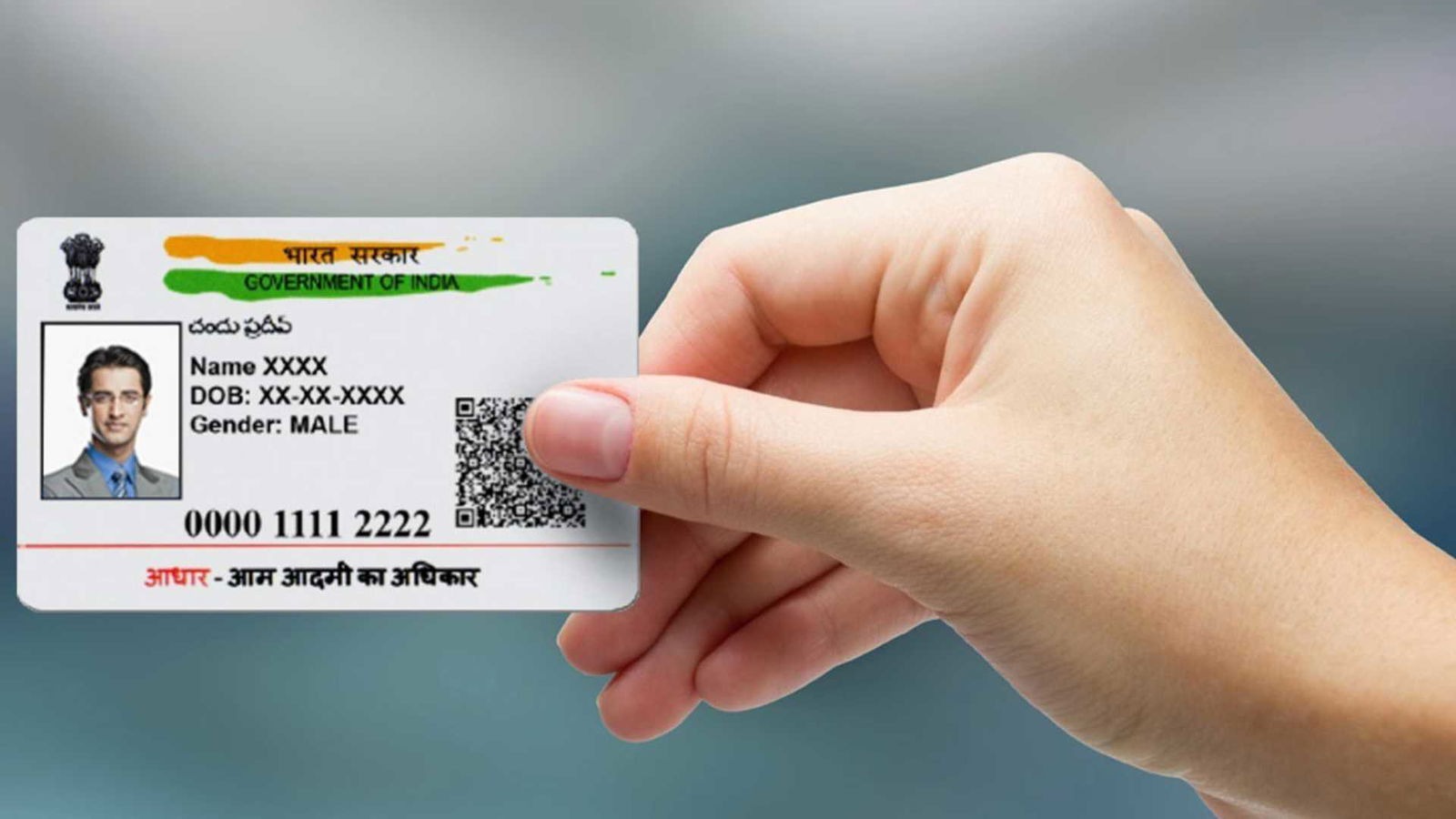The Supreme Court is done with “self-styled” industry bodies. They just signaled a move toward stringent control over user-generated content (UGC), but not at the cost of free speech. The Bench, led by CJI Surya Kant and Justice Joymalya Bagchi, laid out two huge concepts on November 27.
The pressure point? The multi-state FIRs filed against YouTuber Ranveer Allahbadia and others over allegedly obscene remarks on the India’s Got Latent show. Solicitor General Tushar Mehta told the court this wasn’t just “obscenity,” but “perversity.” The loophole is obvious: “I create my own YouTube channel… I am not controlled by statutory regulation.
Also read: No Samsungs, Only iPhones: Why London Phone Thieves Have Their Priorities Set
The Aadhaar Gatekeeper Idea
This is the big one. The Court is questioning how effective a brief on-screen warning really is. Justice Bagchi put it simply: “By the time a brief on-screen warning appears and vanishes, the show has already started.”
The suggestion? Explore Aadhaar-based age verification for ‘obscene’ or adult content. The idea is to screen out minors before the content plays. CJI Kant called it an “illustrative suggestion,” something that could be tried on a pilot basis and rolled back if it “chokes free expression.”
But here’s the kicker: this runs smack into the SC’s own 2018 Aadhaar ruling. That verdict struck down allowing private entities to demand Aadhaar authentication, specifically warning against the commercial exploitation and profiling of users. It’s a huge legal barrier they’d have to figure out how to navigate.
Also read: No Samsungs, Only iPhones: Why London Phone Thieves Have Their Priorities Set
The Autonomous Regulator
The second major observation is the complete lack of faith in the current system. Senior advocate Amit Sibal argued that a three-tier self-regulatory framework under the IT Rules, 2021, already exists.
The Bench’s response? They asked why “such instances keep recurring” if that system works.
Also read: No Samsungs, Only iPhones: Why London Phone Thieves Have Their Priorities Set
-
CJI Kant’s demand: They need a “neutral autonomous body.” Not just self-regulation. This body must be completely insulated—free from influence from both the industry and the state. It needs to be an independent sieve for content that causes real-world harm or normalizes degrading speech.
-
Government’s move: Attorney General R Venkataramani confirmed the Centre is drafting new guidelines and will put them out for stakeholder consultation. They have four weeks to produce the draft.
A New Law for the Disabled?
In a linked plea concerning jokes about persons with disabilities (brought by the SMA Cure Foundation), the CJI pushed for something even more stringent.
Also read: No Samsungs, Only iPhones: Why London Phone Thieves Have Their Priorities Set
He asked the government to consider a dedicated, tough law modeled on the Scheduled Castes and Scheduled Tribes (Prevention of Atrocities) Act. This would make demeaning speech targeting people with disabilities a serious, punishable offense. The Solicitor General agreed: “Humour cannot be at the cost of the dignity of others.
And here’s the social burden the Court put on the comedians: The Bench ordered Samay Raina and four other comedians involved in the row to organize at least two events a month to generate funds and showcase the success stories of persons with disabilities. The Court called this a “social burden, not penal burden.” They have to act as reparations.
The next hearing is set for four weeks from now. The core tension remains: balancing an individual’s right to free speech with the need to build a responsible digital society.
Also read: No Samsungs, Only iPhones: Why London Phone Thieves Have Their Priorities Set
